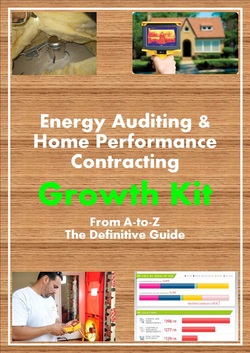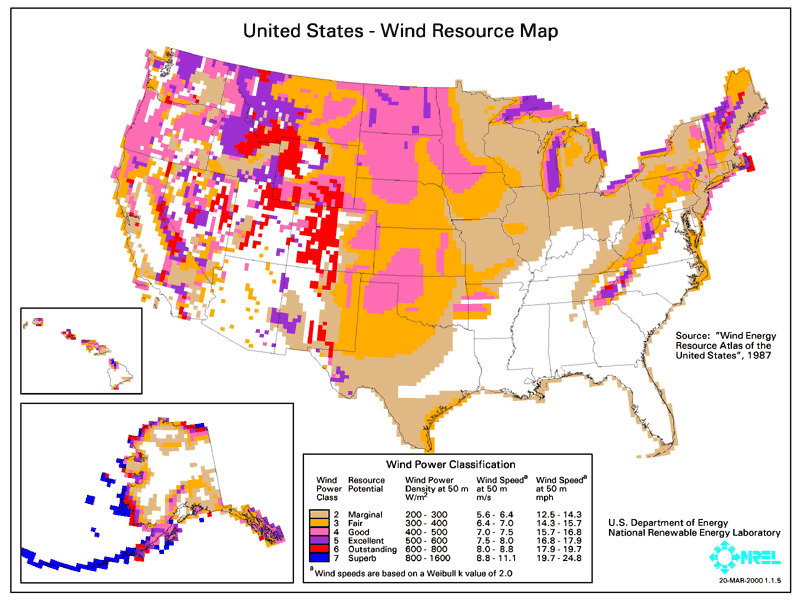Passing the BPI Exam With Energy Auditor Training
BPI PRACTICE EXAMPUT YOUR HOME PERFORMANCE BUSINESS ON ROCKET FUEL |
BPI Written Exam - Section 2 Buildings and Their Systems
It is good practice for energy auditors to have an understanding of renewable energy applications for homeowners. Renewable energy is backed by government subsidies and its something that's in the back of everyone's mind. In most cases, the cost to manufacture and ship these forms of renewable energy are small compared to the kWh saved in gas and electricity use. Harnessing renewable energy does not pollute the environment nearly as much as fossil fuels, coal and nuclear power do.
GeothermalGeothermal energy can be used in heating and cooling systems to use the Earths cool sub terrianan temperatures between 70-75 degrees. Small wells (about 5-10) are dug into the Earth and cooling towers are designed to look like conventional AC units. Water is used as the heat transfer fluid to replace refrigerant and is pumped up and down the wells. Geothermal is limited to areas that have geothermal springs. Geothermal is ideally done on a new build home where under ground pipes can be laid during the construction process and costs about $40,000 for new build installation with tax incentives available.
PhotovoltaicPhotovoltaic (PV) or solar energy panels are getting more efficient and the costs are lowering. Solar panels can be installed in cold climates like Denver, that have lots of sun. In fact, the solar panels' efficiency drops 2-5% in the extreme heat in climates like Phoenix. Solar panel efficiency ranges from 9-13% on average, with 18% as a high from Sun Power. Solar panel cells are typically 230 watts per panel so if you add up the panels that will fit on a roof, you can find the solar panel size. A 5 kW solar panel system will reduce a homeowner's energy bills by about $100 per month in Phoenix. Each panel is about 15 sq ft in area. Many solar consultants will pull an aerial of the home and use the measuring tool on Google maps to map out how many solar panels will fit in a roof space. The orientation of the solar panels is ideally facing south, but many companies will put panels facing west, or even east.
There are several strategies for the amount of solar energy reduction.
The cost of a 5 kW solar system is about $20,000 with tax incentives available. WindWind energy is a green source of renewable energy but also is geographically limited to areas that have a high wind power classification as shown in the wind map above. Using the wind as an energy source can be expensive, with a 10 kW wind turbine costs approximately $48,000 – 65,000 to install (source: http://energyinformative.org/wind-energy-pros-and-cons/). Wind energy can also be unpredictable and create some noise complaints from neighbors.
Next Section2a. Building Components
2b. Conservation Strategies
2c. Comprehensive Building Assessment Process
2d. Design considerations
|


